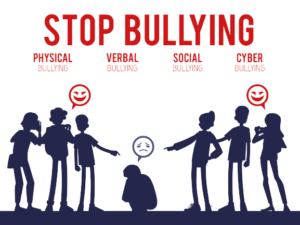How to Build a Standout Portfolio in College: A Comprehensive Guide
Building a Strong Portfolio During College: A Strategic Guide
Creating a compelling portfolio during your college years is essential for making a mark in today’s competitive job market. A well-crafted portfolio not only highlights your skills and accomplishments but also provides concrete evidence of your capabilities to prospective employers. Here’s a strategic guide to building a standout portfolio while still in college:
1. Start Early with Clear Objectives
The earlier you begin crafting your portfolio, the better. Start by defining your career objectives and identifying the skills most valued in your chosen field. Whether you’re pursuing graphic design, writing, programming, or business, having clear goals will help you focus on developing relevant projects that align with your future career path. This clarity ensures that your portfolio is tailored to showcase the specific talents employers are looking for.
2. Focus on Quality Over Quantity
When it comes to building your portfolio, quality always trumps quantity. Select only your best work—projects that effectively demonstrate a wide range of skills and creativity. Each piece should illustrate your problem-solving abilities, attention to detail, and versatility. To give potential employers a comprehensive view of your contributions, include a brief description of each project, highlighting your role, the challenges you faced, and the results you achieved.
3. Acquire Real-World Experience
Internships, part-time jobs, and volunteer work are invaluable for gaining hands-on experience and enriching your portfolio with professional work samples. These experiences not only help you develop industry-specific skills but also demonstrate your ability to apply theoretical knowledge in practical settings. Showing that you can succeed in real-world scenarios makes you a more attractive candidate to employers.
4. Pursue Personal Projects and Freelance Work
Engaging in personal projects and freelance work can significantly enhance your portfolio beyond classroom assignments. Personal projects allow you to explore your passions and experiment with new techniques, while freelancing offers the chance to work with actual clients and build your professional network. These initiatives reflect your creativity, self-motivation, and time management skills, all of which are highly valued in the job market.
5. Establish a Professional Online Presence
In today’s digital era, having an online portfolio is crucial. Create a personal website or utilize platforms like Behance, GitHub, or LinkedIn to showcase your work. An online portfolio makes it easy to share your projects with potential employers, collaborators, and mentors. Ensure that your online presence is professional, regularly updated, and consistent with your personal brand. Include your resume, contact information, and links to your social media profiles.
6. Seek Continuous Feedback and Improve
Regularly seek feedback from professors, peers, and industry professionals to refine your portfolio. Constructive criticism will help you identify areas for improvement and enhance the overall quality of your work. Continuously updating your portfolio with new projects and skills will keep it relevant and reflect your ongoing growth and adaptability.
Conclusion
Building a strong portfolio during college is a strategic process that requires dedication, planning, and a commitment to continual growth. By starting early, focusing on quality, gaining real-world experience, pursuing personal projects, creating an online presence, and seeking feedback, you’ll develop a portfolio that not only highlights your talents but also sets you apart in the job market. A well-crafted portfolio is a powerful tool that can unlock opportunities for internships, jobs, and career advancement, so invest the time and effort to make it exceptional.
For tips on how to enhance your professional skills, check out our Career Development section.
Learn more about the importance of Online Branding and how it can impact your career.













